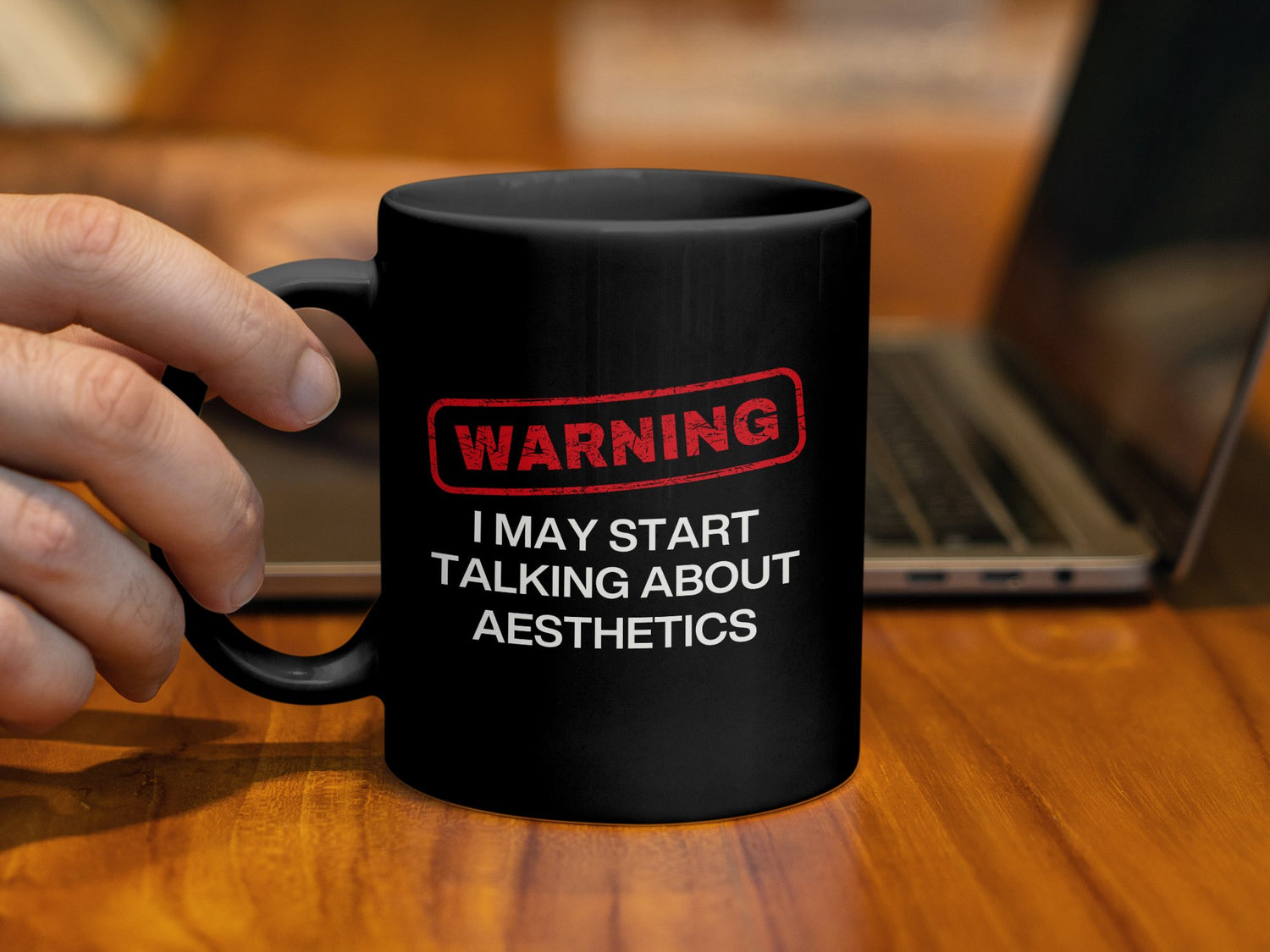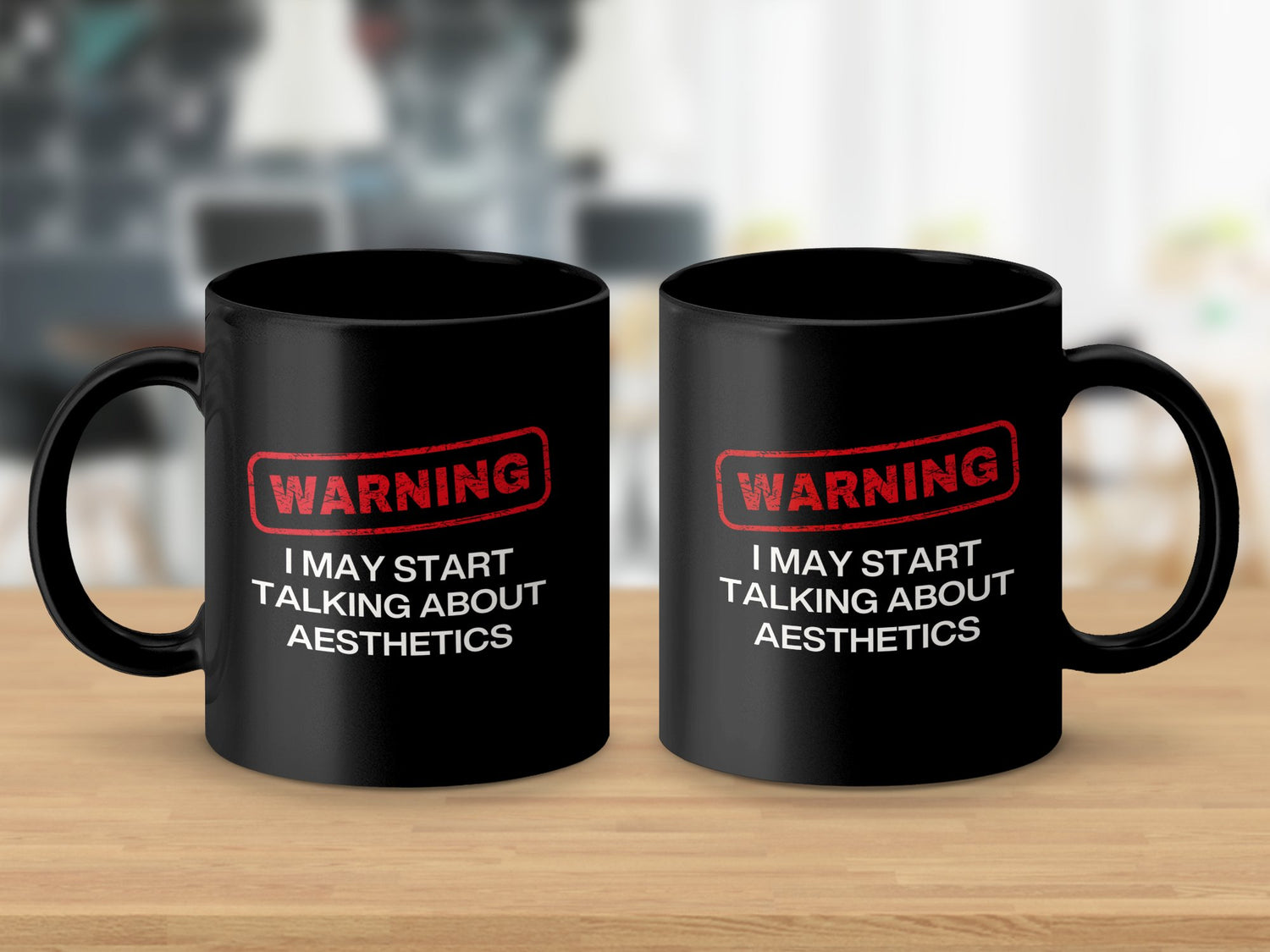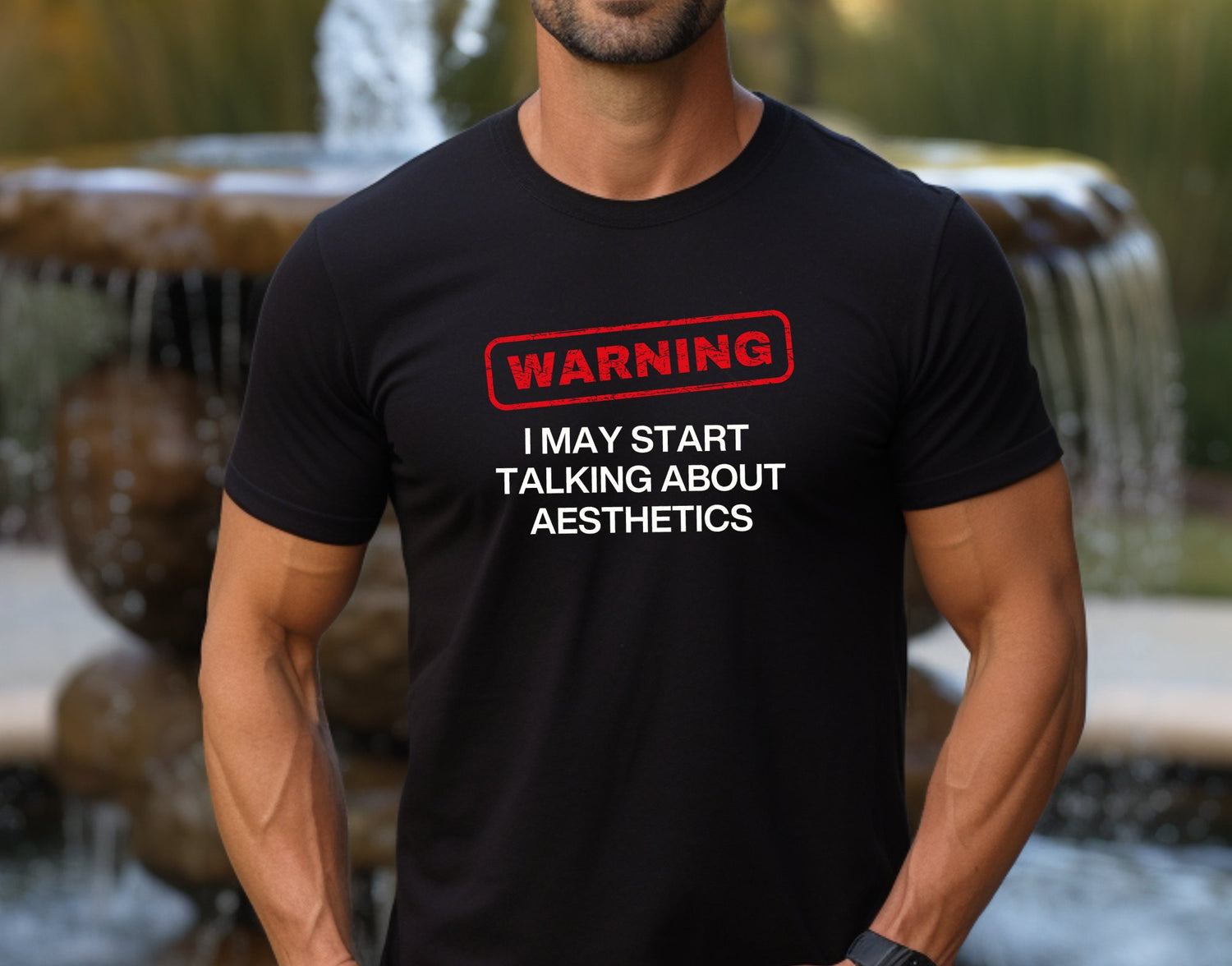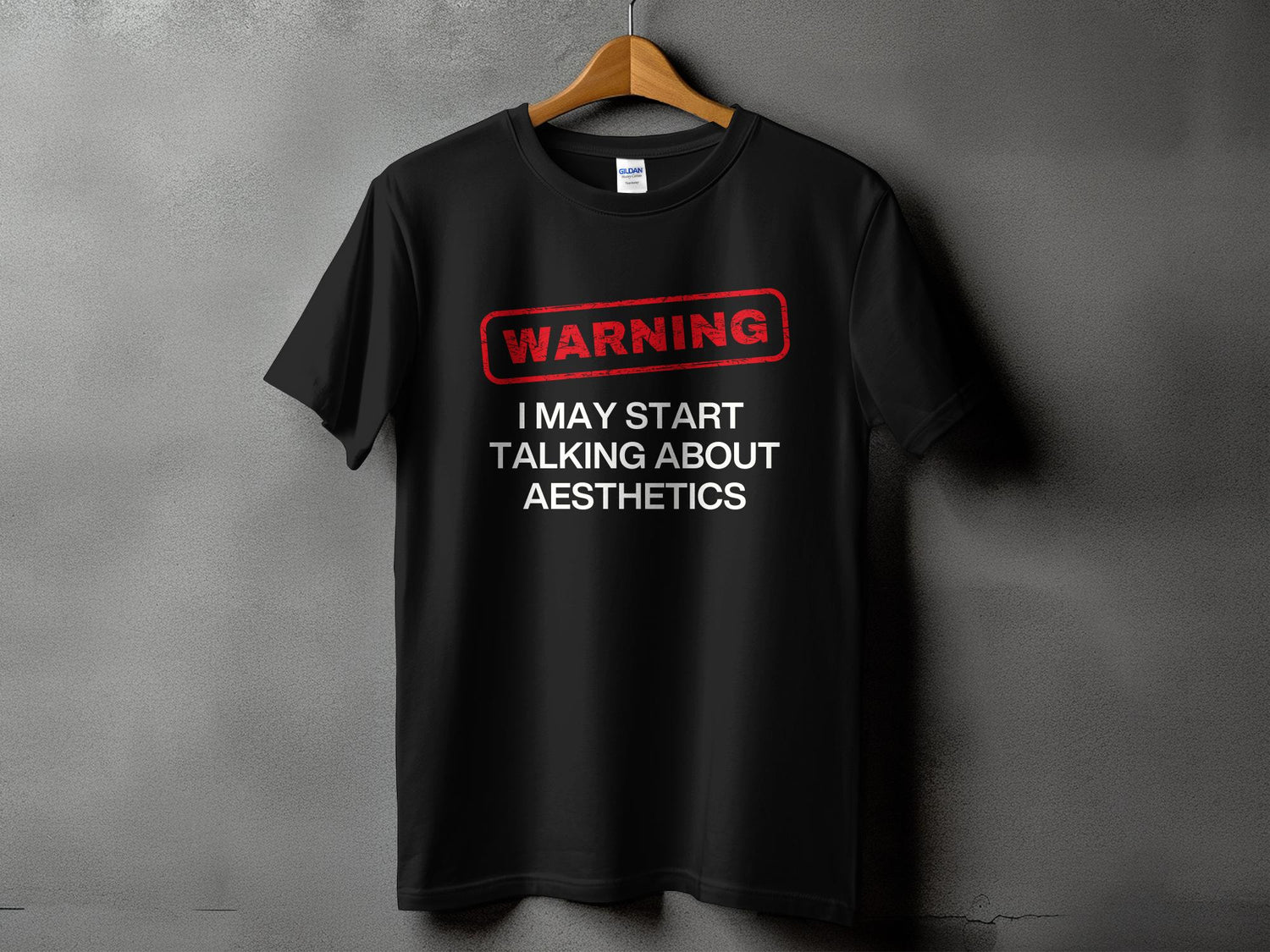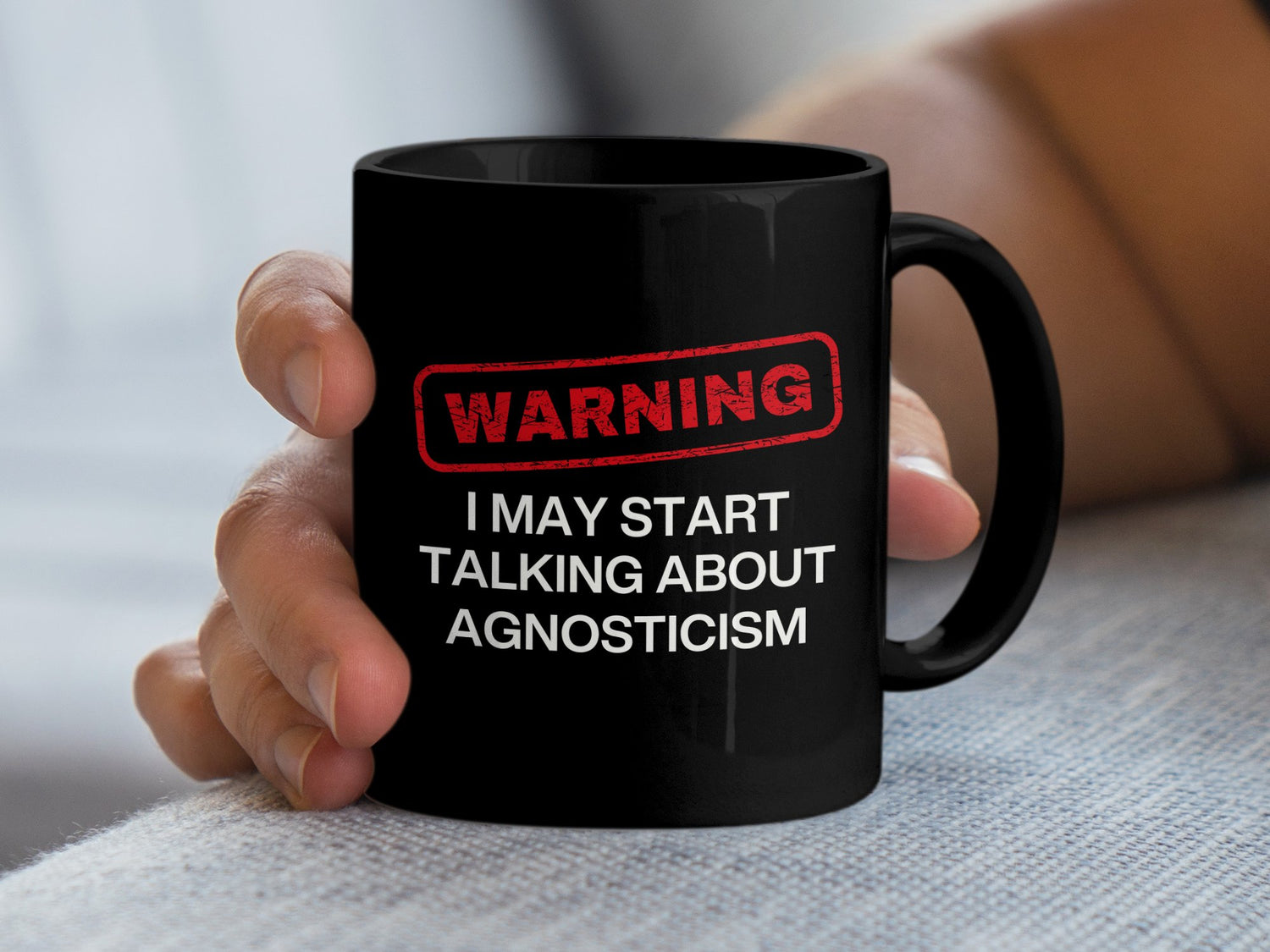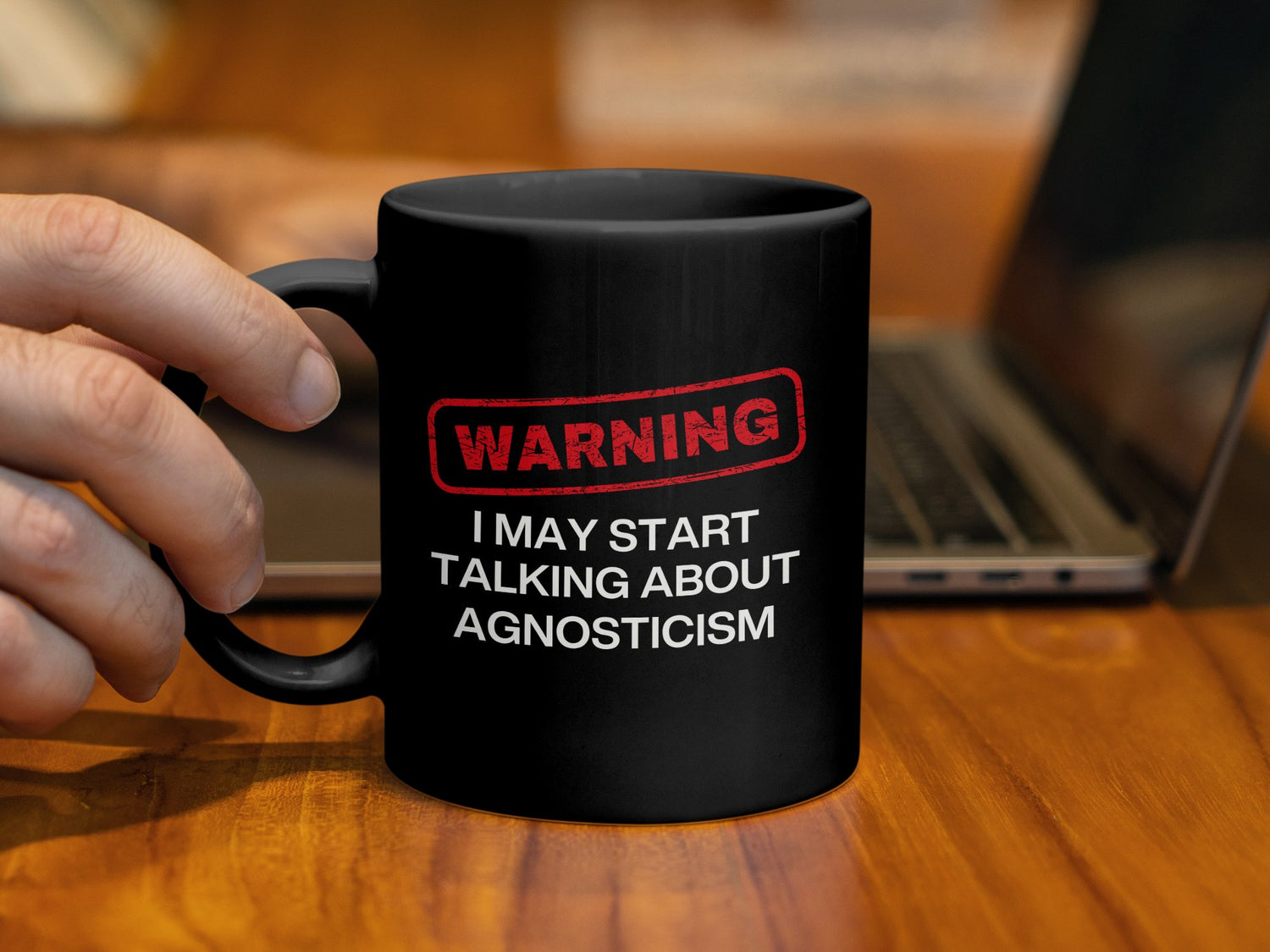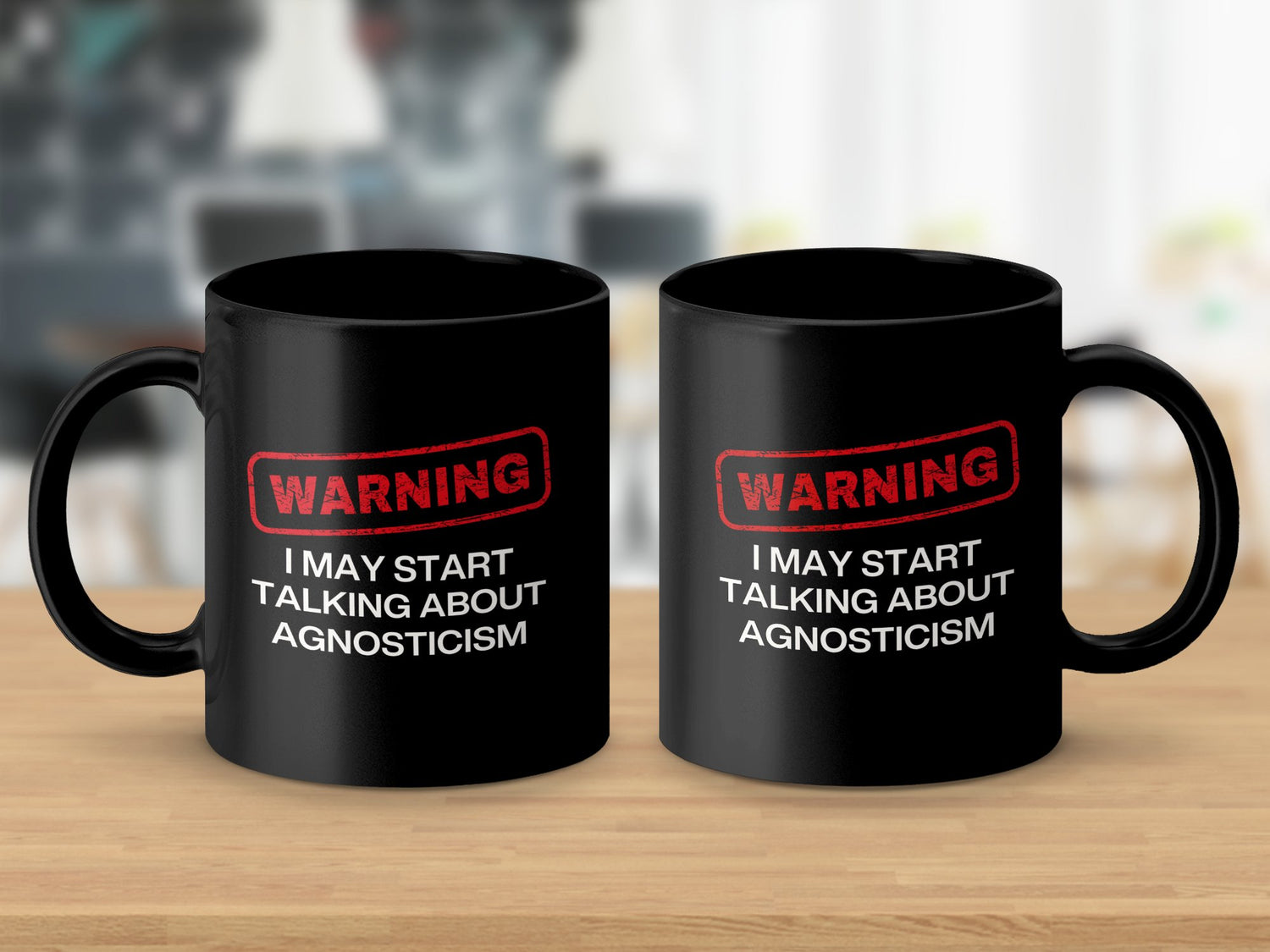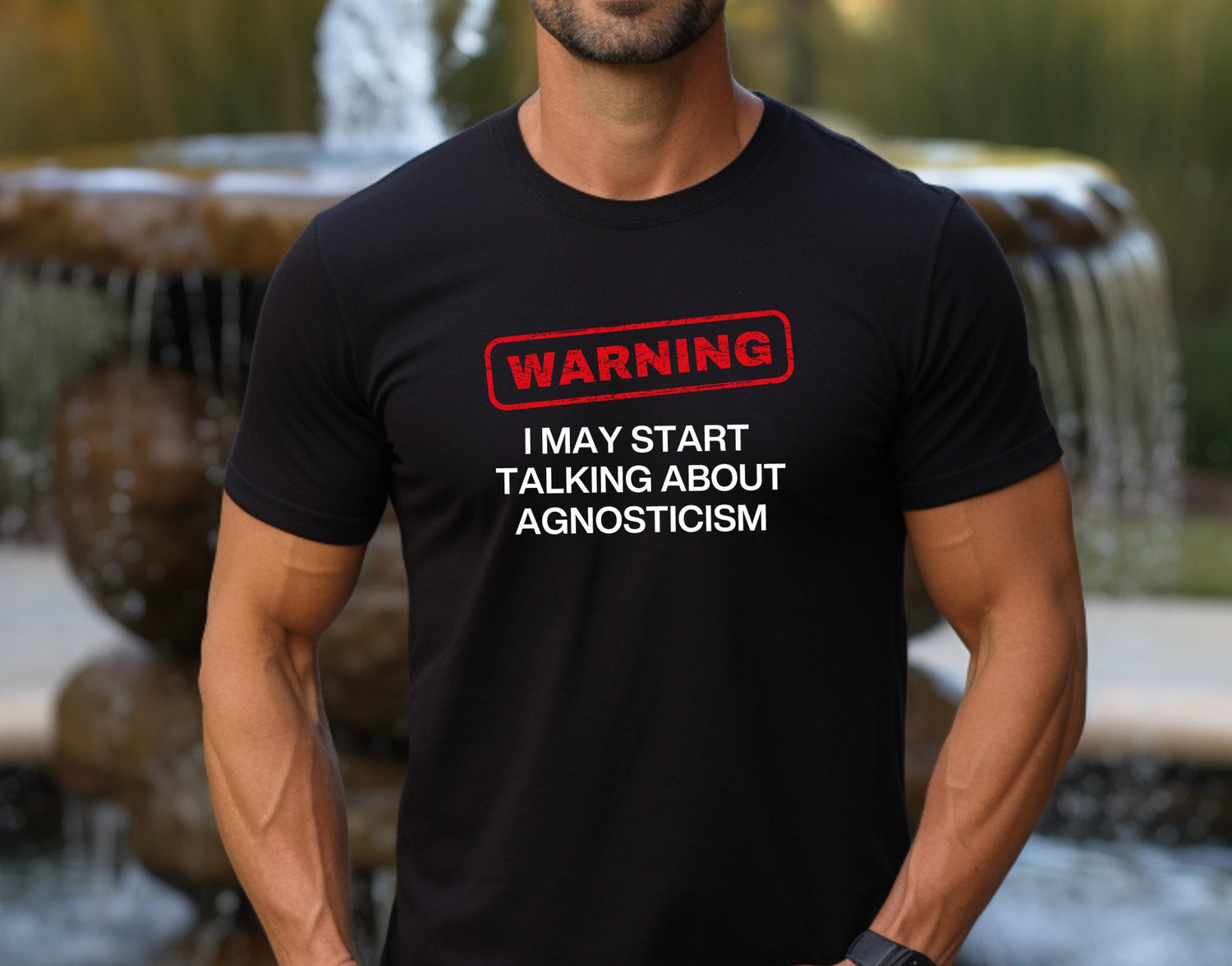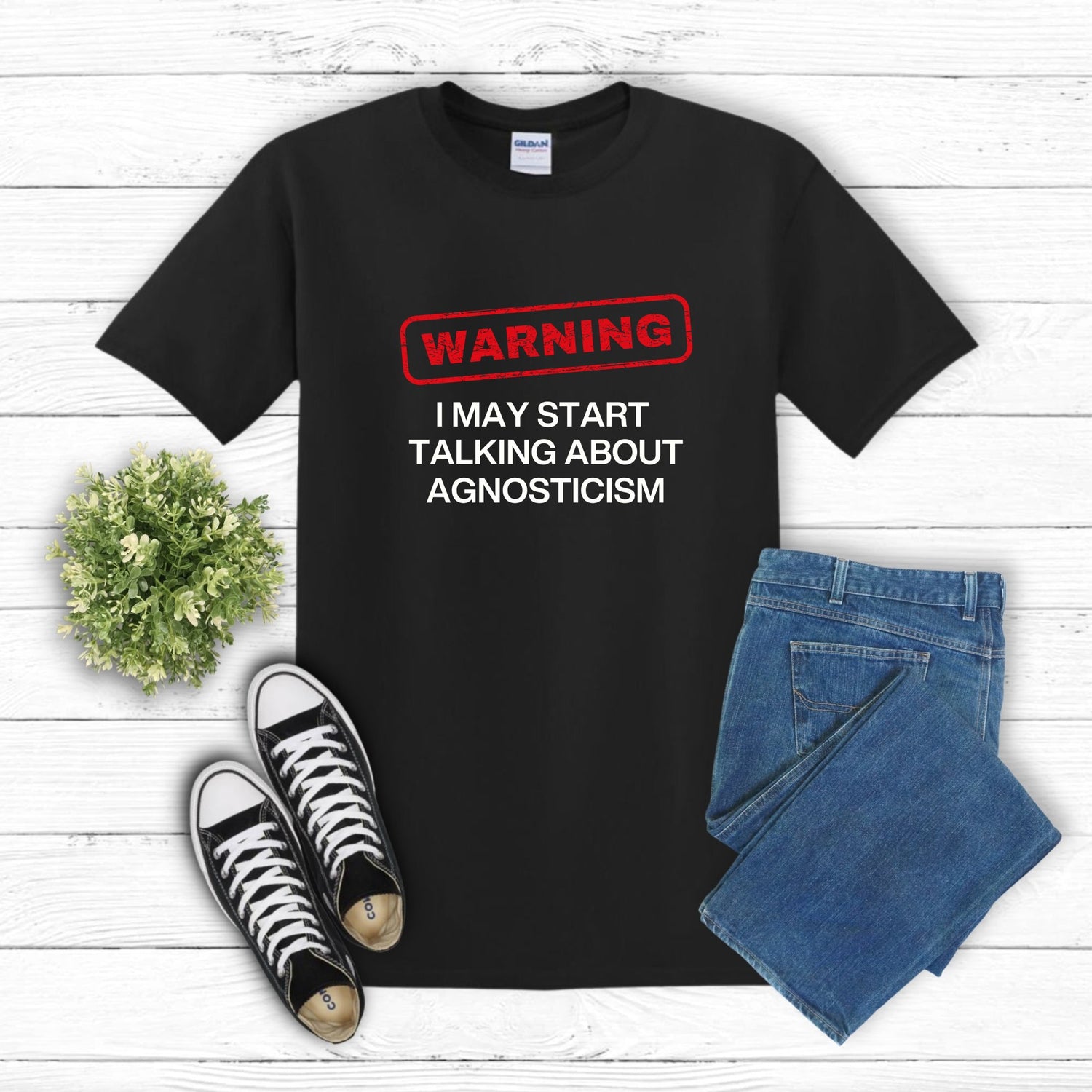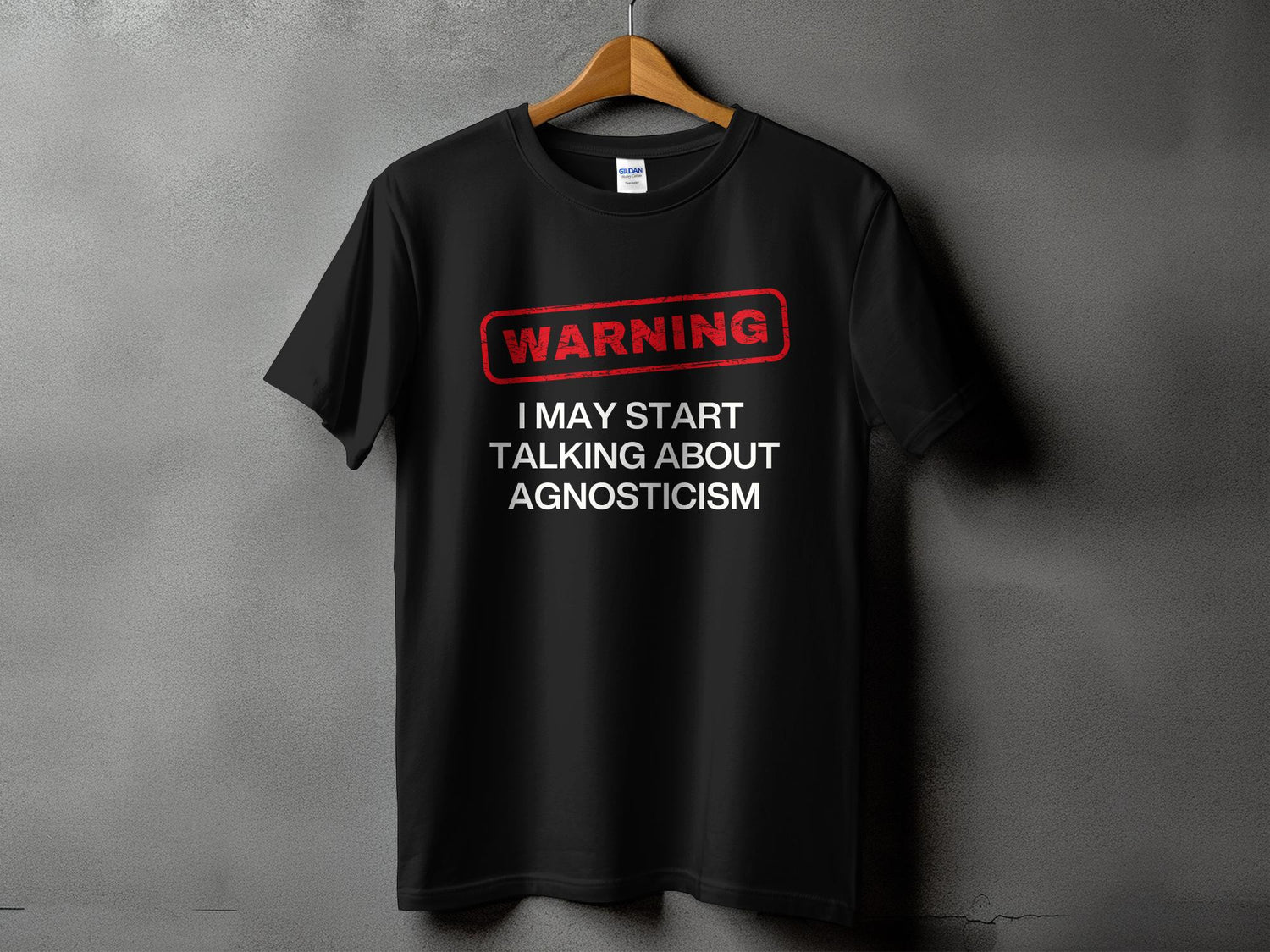Imagine you have a ship—a sturdy vessel that’s stood the test of time. Over the years, you notice its planks are starting to warp, its sails tatter, and its nails begin to rust. So, one by one, you replace each piece. First a plank, then a sail, then a nail. Eventually, every single component has been swapped out. This leads us to a fascinating question: Is it still the same ship?
Now let’s complicate matters. What if you kept all the old parts as you replaced them, and one day, you put those pieces back together into another ship? Which one is the real Ship of Theseus? Is it the one still bobbing in the water, fully restored with new parts, or the one built from the original, weather-worn materials?
This isn’t just an abstract puzzle about boats; it’s a profound thought experiment about identity—our own identity. Think of your body. Over time, most of your cells are replaced. Skin cells shed, bones renew, even the neurons in your brain subtly change their connections. So, if your physical self is constantly regenerating, are you still the same person you were years ago?
This puzzle goes beyond mere biology. It touches on what fundamentally makes us “us.” Is it our physical makeup? The continuity of our memories? The relationships and experiences that shape us? Just as the Ship of Theseus challenges us to reconsider what it means to be the same ship, it also encourages us to question what it means to be the same person.
So, what do you think? As we change—plank by plank, cell by cell—what remains constant? Are you the same person you were five years ago?

